Jump to:
- 1. The Dutch Were The First Europeans In The Region
- 2. Connecticut Was Founded By Thomas Hooker
- 3. Governors Could Not Serve Consecutive Terms
- 4. The Great Hurricane of 1635 May Have Encouraged Migration
- 5. The Pequot War Began Just As The Colony Was Founded
- 6. The Fundamental Orders Of Connecticut Was One of the Great Achievements in Colonial America
- 7. The Royal Charter Merged New Haven and Connecticut Colonies
- 8. Early Colonists Were Christian Calvinists
- 9. The Economy was Built on Farming and Trade
- 10. Connecticut was One of the First Votes for Independence
- 11. Nathan Hale Became A National Hero
- 12. Connecticut was Attacked by the Traitor Benedict Arnold
1. The Dutch Were The First Europeans In The Region

The English eventually took control of the region when they settled their conflict with the Dutch in 1637, but prior to that, the Dutch actually claimed the land.
This is a critical point because when the founders of Connecticut came to the region, they were coming into an area controlled by the Dutch and claimed by other Native American Tribes.
Also Read - Northeast Indian Tribes
The first European to explore the coast of Connecticut was the Dutch Explorer Adriaen Block.
This led to the Dutch establishing various trading posts and forts within the region. The fur trade was lucrative during this time period and also benefited the Native Americans, who traded for weapons and other European resources.
2. Connecticut Was Founded By Thomas Hooker
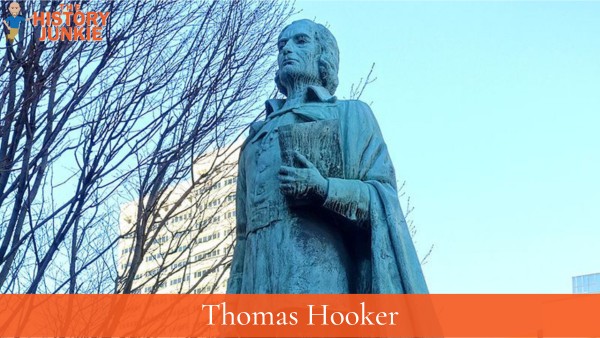
He is known as the "Father of Connecticut" and was an influential figure in Early America.
He rose to prominence in the Massachusetts Bay Colony and was considered one of the great pastors of the colony and his time. He was charismatic and an excellent orator, which gave him a large following. He was also an intellectual who wrote on various doctrines and topics of the church.
Also Read - 25 Facts About the Massachusetts Bay Colony
He became the prominent founder of the colony and the city of Hartford. He was also cited as a primary influence on the Fundamental Orders of Connecticut, which would become a primary influence on the United States Constitution.
3. Governors Could Not Serve Consecutive Terms

It was fairly common within the New England Colonies and throughout Colonial America to term limit the Governors to one term.
After they served one term, then they would be forced to step down and allow someone else to run for office. This system is still in place in many different states i.e. Virginia.
The result in the Connecticut Colony was that the governorship traded off back and forth between two men for 20 years. This trend continued for many years until Connecticut changed and allowed two consecutive terms.
While this may seem foolish, it is important to remember that in Colonial America, it was important to limit the power of the government. They had left England for the New World because they did not like the absolute power that a Monarch had over them.
By creating term limits, it ensured that power would at least shift.
As the population grew, more options became available, and the switching back and forth between two candidates became less prevalent.
Ironically, the most influential governor of Connecticut was John Winthrop Jr., who was the son of John Winthrop, who is considered the founder of the Massachusetts Bay Colony.
4. The Great Hurricane of 1635 May Have Encouraged Migration
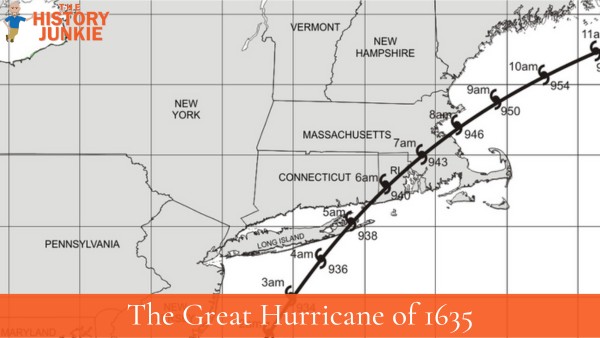
Often not mentioned is the Great Hurricane of 1635, which skirted the coast of Virginia and then came crashing into Rhode Island and Massachusetts Bay Colony.
Two ships had just arrived with colonists and resources, and the hurricane carried away one ship and caused losses of many resources.
These resources were for the colonists.
The hurricane also hurt the harvest that year and caused shortages among the colonists and the natives living within the area.
While this is not a direct cause of the Pequot War, it was certainly an indirect cause.
The destruction of property, harvest, and resources most likely softened some colonists who would not have moved to found another colony.
5. The Pequot War Began Just As The Colony Was Founded
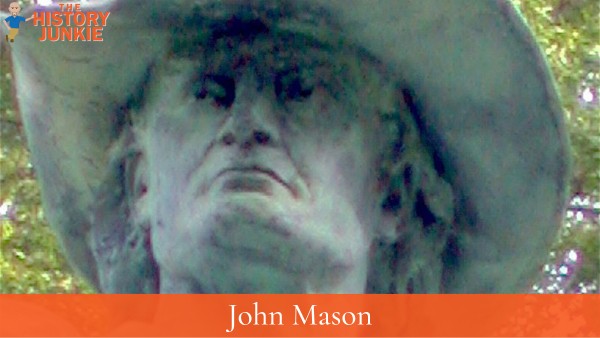
Connecticut Colony was founded in March of 1636, and within three months, the colonists were involved in a conflict with the Pequot Tribe that lived in the area.
Also Read - 6 Facts About The Pequot War
The war was originally between the Pequot Tribe and the Massachusetts Bay Colony. Connecticut was not much of a colony at that time, but since they shared the same language and knew the colonists who were involved in the conflict, they picked up arms.
The military leader of Connecticut during the war was John Mason. He, along with others, took part in one of the first battles of the Pequot War.
At the end of the war, the Pequot Tribe would be decimated and eventually merged with other tribes. Many would become slaves and be sent to the Caribbean.
6. The Fundamental Orders Of Connecticut Was One of the Great Achievements in Colonial America
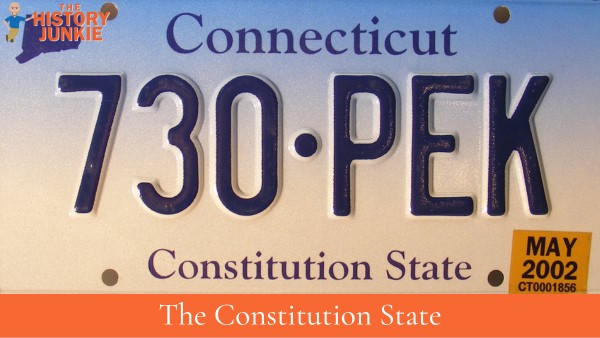
It is often a bolded term in history books and then put on a multiple-choice test for students to remember, but many do not understand the significance of this document.
At this point, there had already been other written documents that had begun to change the landscape of government. If not change, then at least challenge the political norm.
The Magna Carta of England and the Mayflower Compact of the Pilgrims are two examples.
The Fundamental Orders of Connecticut were written three years after Connecticut's founding and 19 years after the Mayflower Compact.
What made the Orders significant was that they did not look to the British Crown for authority but instead to the elected general court. This document is considered the first Constitution in America, which is how Connecticut received the nickname The Constitution State.
7. The Royal Charter Merged New Haven and Connecticut Colonies
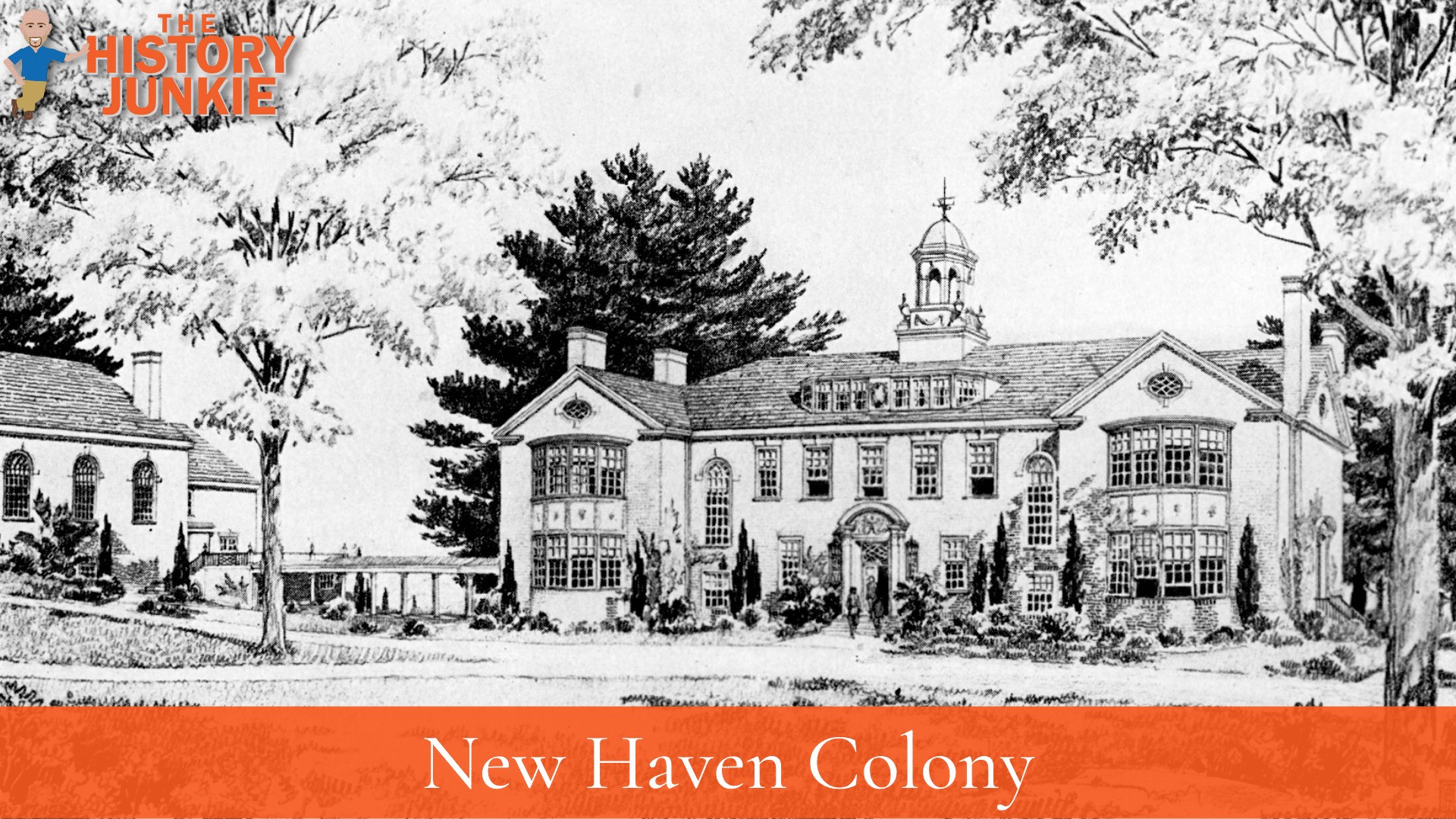
As mentioned previously, the most influential governor of Connecticut was John Winthrop Jr.
He did many things during his tenure, such as accepting the Quakers, but the most important thing he did was consolidate the colony with a Royal Charter.
The Royal Charter consolidated the New Haven Colony into Connecticut, which also made the region more organized and productive. He was able to do this despite the pushback from New Haven.
This was a trend in Connecticut. Shortly after its founding, the colony merged with other smaller colonies, which allowed them to grow quickly.
the merger did not occur instantly, and John Winthrop Jr. passed away before it occurred. However, William Leete would oversee its merger and become the only governor to technically be the governor of New Haven and Connecticut
The Royal Charter also recognized Connecticut as a separate colony, which then gave them separate rights to govern. This caused an increased growth of the colony.
8. Early Colonists Were Christian Calvinists
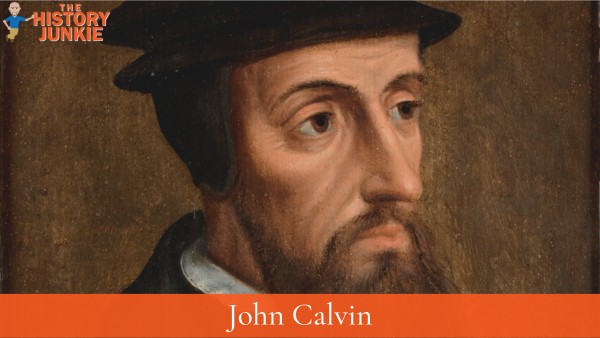
The original colonies along the Connecticut River and in New Haven were established by separatist Puritans who were connected with the Massachusetts and Plymouth colonies.
They held Calvinist religious beliefs similar to the English Puritans, but they maintained that their congregations needed to be separated from the English state church.
They had immigrated to New England during the Great Migration.
John Calvin is often cited as a significant influence on representative government. He was not a political philosopher, but his perspective on the Bible and his view of human nature would influence many to adopt these ideals.
The colonists who were living in Connecticut had seen the destruction caused by absolute power and did not want to repeat it.
9. The Economy was Built on Farming and Trade

Connecticut Colony's economy changed quickly during the American Revolution due to the British blockade, but prior to that, the economy was built on farming and trade with the British colonies in the Caribbean.
While it was not as significant of an industry, whaling and fishing were also valuable industries.
With access to the sea and Caribbean trade being a valuable commodity to the colony, it naturally led to a shipbuilding industry. The shipbuilding industry came naturally due to the Atlantic Ocean and the vast amounts of timber that was located inland.
Some of the other resources that aided the economic growth of the colony were the fur trade, maple syrup, copper, livestock products, and horses.
During the American Revolution, their economy changed to more of an industrial economy.
10. Connecticut was One of the First Votes for Independence

Prior to the American Revolution taking place across the 13 colonies, the British focused their efforts on the Massachusetts Bay Colony. They did not view the conflict as a rebellion of 13 colonies but instead a rebellion of one or possibly a cluster.
When the First Continental Congress occurred, the New England Colonies were in favor of independence, but the other colonies wanted to exhaust all options before going to war with Great Britain.
With all options taken and King George III still not willing to negotiate, it became clear that if the colonies were to get what they wanted, it would only occur with independence.
The Connecticut Colony sent delegates Roger Sherman, Samuel Huntington, William Williams, and Oliver Wolcott to the Second Continental Congress, and these four men supported declaring independence from Great Britain.
While Massachusetts usually gets much of the early credit, Connecticut, Rhode Island, and New Hampshire should also receive much.
11. Nathan Hale Became A National Hero
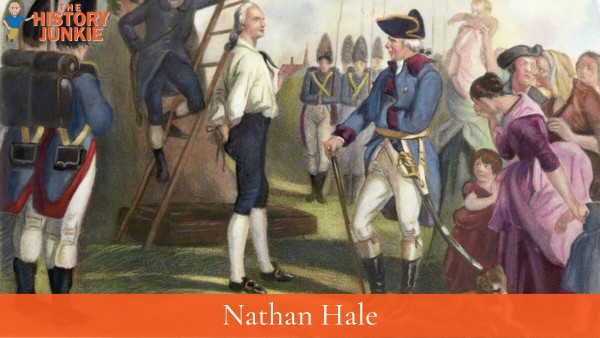
A young man from the Connecticut Colony named Nathan Hale volunteered to serve as a spy in British-occupied New York. He was inexperienced, and his mission was disorganized, but it would be his courage that would be remembered.
His mission was exposed by Robert Rogers, an experienced British soldier in New York. Once caught, Nathan Hale faced the gallows, to which he supposedly said:
I only regret that I have but one life to lose for my country
He did not say those words, but his death began the most successful spy ring in the Revolutionary War. It was founded by his friend Benjamin Tallmadge and became known as the Culper Spy Ring.
12. Connecticut was Attacked by the Traitor Benedict Arnold
In his final act of treason, Benedict Arnold was ordered by General Henry Clinton to attack Connecticut and capture the city of New London.
George Washington had cornered Cornwallis, and in order to try and distract the Continental Army, Clinton hoped to distract them from Yorktown. His plan did not work, but Arnold's actions were deplorable.
The action became known as the Fort Griswold Massacre, and the man who once praised the Connecticut soldiers for their bravery at Ticonderoga was now destroying their homes and families.
He burned towns and did so much damage that after the war, Congress gave land to the victims so that they could settle in the Northwest Territory.
The land would be settled by their descendants and become known as the Firelands. The Firelands are located in Erie and Huron counties of Ohio.
